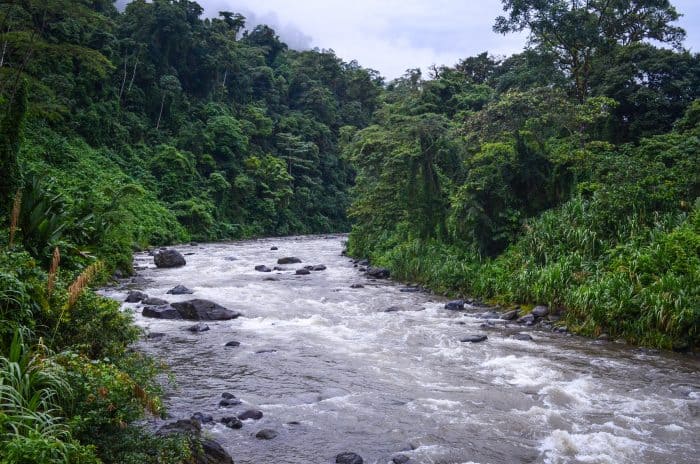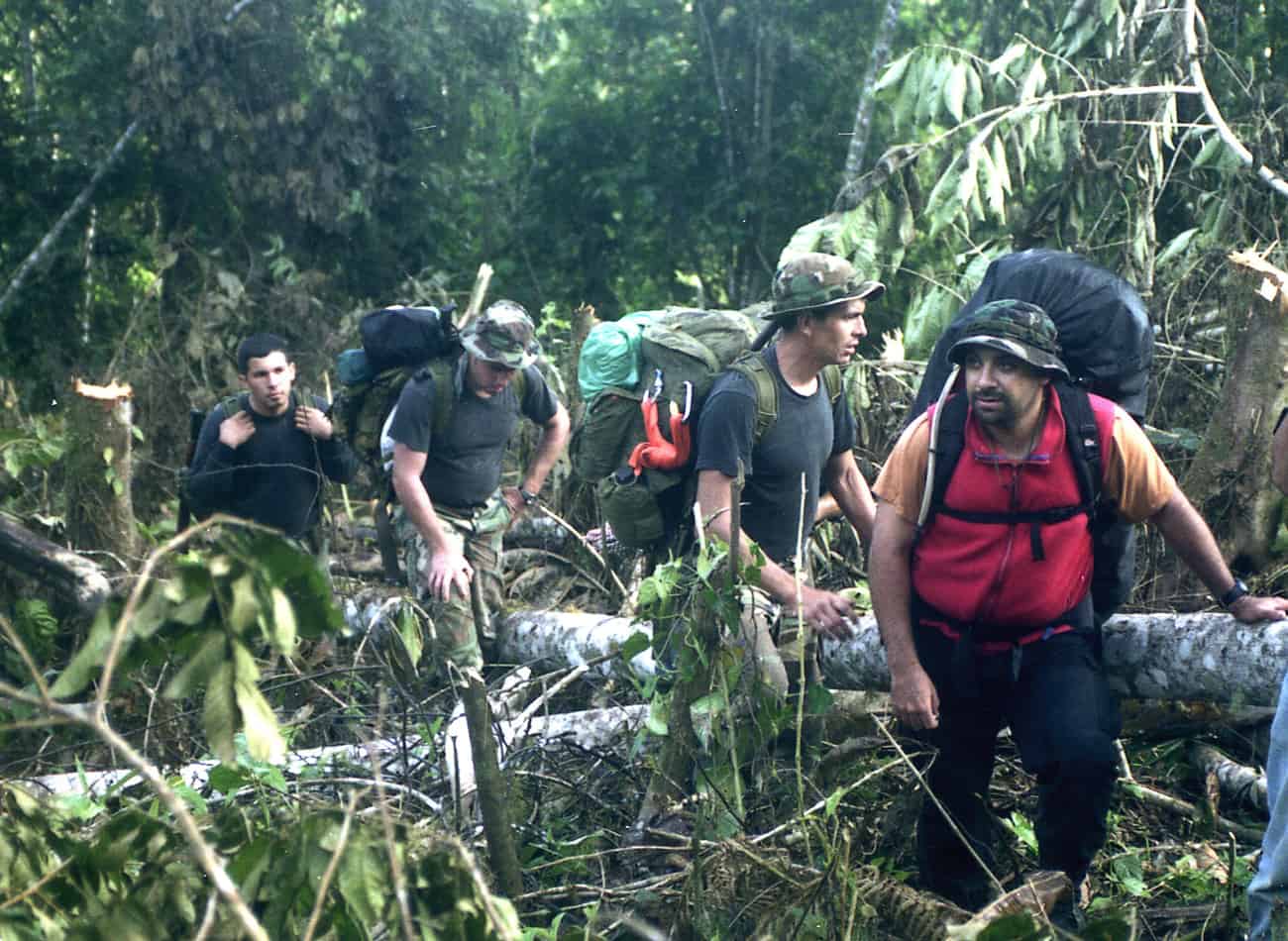Costa Rica’s Talamanca Mountains are among the most remote places in Central America. Far from major cities, thick with tropical jungle, rivers, venomous snakes and cold mountaintops, much of the region is practically inhospitable. This is where an airplane with 68 Argentine Air Force cadets on board disappeared without a trace in 1965.
On Thursday, a crew from Argentina is set to arrive in Costa Rica to film a documentary about the most recent search for the Douglas DC-54 on the 50th anniversary of its disappearance. Traveling with the documentarians is Cecilia Viberti, daughter of one of the missing plane’s pilots, Esteban Viberti. Every search for the plane registered as TC-48 has yet to find the wreckage, but the team is hopeful that new information could uncover the long-sought crash site.
Esteban Viberti’s words were the last air traffic control towers heard before losing contact with the Argentine plane. The cadets were at Howard Air Force Base in Panama on Nov. 3, 1965, before they set out for El Salvador and eventually Mexico. But flying over the Costa Rica-Panama border, the pilots reported that they had lost one of their engines, and a second engine was on fire. They requested permission to make an emergency landing at Limón’s airport on the Caribbean coast. The last words from the crew were: “Where’s the sea? Where the hell are we?”
Search and rescue expert José Campos and geologist Wilfredo Rojas are leading filmmaker Pepe Tobal into the jungle to search for the plane for his documentary “La Última Búsqueda” — “The Last Search.” The film is set for release this November to mark the anniversary. Campos and Rojas have been leading search operations for the plane since 1990.

Campos, 48, worked as a Red Cross search and rescue expert before moving into training and consulting today. He said that the jungle is so dense that it is possible the team passed within 50 meters of the crash site and didn’t realize it. Fifty years in the Costa Rican jungle would cover any wreckage with moss, plants, tree roots, mud and rock if the site was affected by a flash flood.
The size of the search zone is the biggest challenge the team faces, said Campos, who has looked for the plane every year since 1990. The plane’s last known location was somewhere between Bocas del Toro, Panama, and Sixaola, Campos said, but the search area remains roughly 60,000 hectares. Besides the area in and around La Amistad National Park, Campos has searched in Nicaragua and Panama.
In 2011, a NASA airplane surveyed the area where the plane was suspected to have crashed using aerial photography and radar to discern any variations in the canopy or the surface. Despite the extra technology, the plane was not able to detect anything out of the ordinary.
This year, though, Campos said they have been speaking with three people who live in the area who might have clues to the location of the crash site.
The search has become a quest of sorts for Campos, who likened it to the Holy Grail. The families of the missing cadets sometimes support the search with funds, but Campos said that if the surviving families cannot assist he and the other seven team members raise the money themselves.
Campos has searched the mountains of the Caribbean slope for more than a decade, but he does not personally know Cecilia Viberti, the daughter of the TC-48’s captain. The two have only communicated through electronic means, he said. But Viberti’s story resonated with Campos as a father.
“I have a daughter who’s 24. It really stuck with me that this woman lost her father 50 years ago and has no answers. I think about that – if this were to have happened to my daughter, I would want someone to have helped her. Think of her, I’m thinking of my daughter,” he said.
The team will set up base camp in Grano de Oro, Turrialba, on Thursday and set out into the jungle on Friday. They are expected to return sometime early in October, hopefully with goods news for Viberti.
After all, Campos said about Viberti, “She’s still looking for her dad.”






